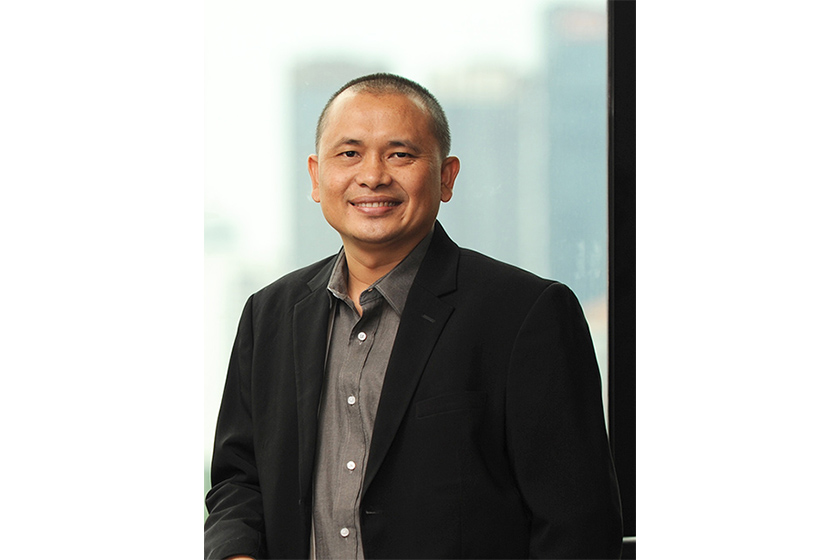Project Leader: Yansen Yansen
University: James Cook University
Lead Organisation: Department of Forestry, University of Bengkulu
Collaborating Organisations: Bengkulu Mangrove Community
Project Location: Bengkulu
Activity Type: Public awareness campaigns
Sector: Climate Change
Project Objectives:
- To plant mangrove on the small reef island by applying Riley encased methodology.
- To study the growth of mangrove
- To raise awareness of environmentally-friendly methods to save an outer island
Project Description:
The project will rehabilitate a small reef Tikus (mouse) island by applying Riley encased methodology. It will plant about 1500 seedlings of Rhizophora stylosa, which is a starting point for the rehabilitation of the island. This project will study the growth of mangrove and raise awareness of environmentally friendly methods to save an outer island. As the area of Tikus island has been degraded, the local government plans to set up a reclamation project on the island. However, reclamation will negatively affect the environment. It will destroy the reef ecosystem around the island. Planting mangrove will prevent further abrasion and degradation. Although Tikus island is surrounded by a reef ecosystem in which there isn’t much sedimentation, one mangrove species, Rhizophora stylosa, will grow on reefs. Riley encased methodology (REM) can be applied to plant mangrove on reefs. Riley encased methodology (REM) was developed for the purpose of establishing mangroves along high‐energy shorelines, revetments, and bulkheads. REM is best applied in the area where natural recruitment no longer occurs and conventional planting methods are ineffective (Riley and Kent, 1999).
Project Beneficiaries:
The beneficiaires are tourism operators, tourists and the community at large.
Priority Development Area:
Effective economic institutions and infrastructure
Relevant Facts:
Tikus (mouse) island is a small island just outside Bengkulu’s waters off the west coast of Sumatra. It is about 5 miles from the mainland. The remaining land area of this island is only about 0.66 ha. Before the abrasion, the land area of this island was about 2 ha. The reefs around Tikus island serve as natural support for the island. Tikus island is an attractive location for fishing, diving and other recreational activities. A lighthouse was established on the island in colonial times.
Publication :
http://faperta.unib.ac.id/2017/03/dosen-kehutanan-raih-alumni-grant-scheme-dari-pemerintah-australia/


 Mangrove Planting to Rehabilitate the Outer Reef Island of Bengkulu
Mangrove Planting to Rehabilitate the Outer Reef Island of Bengkulu
